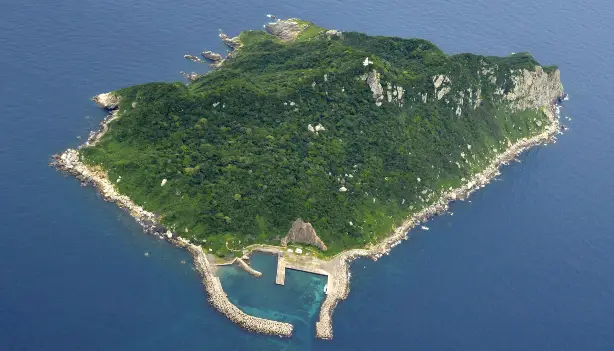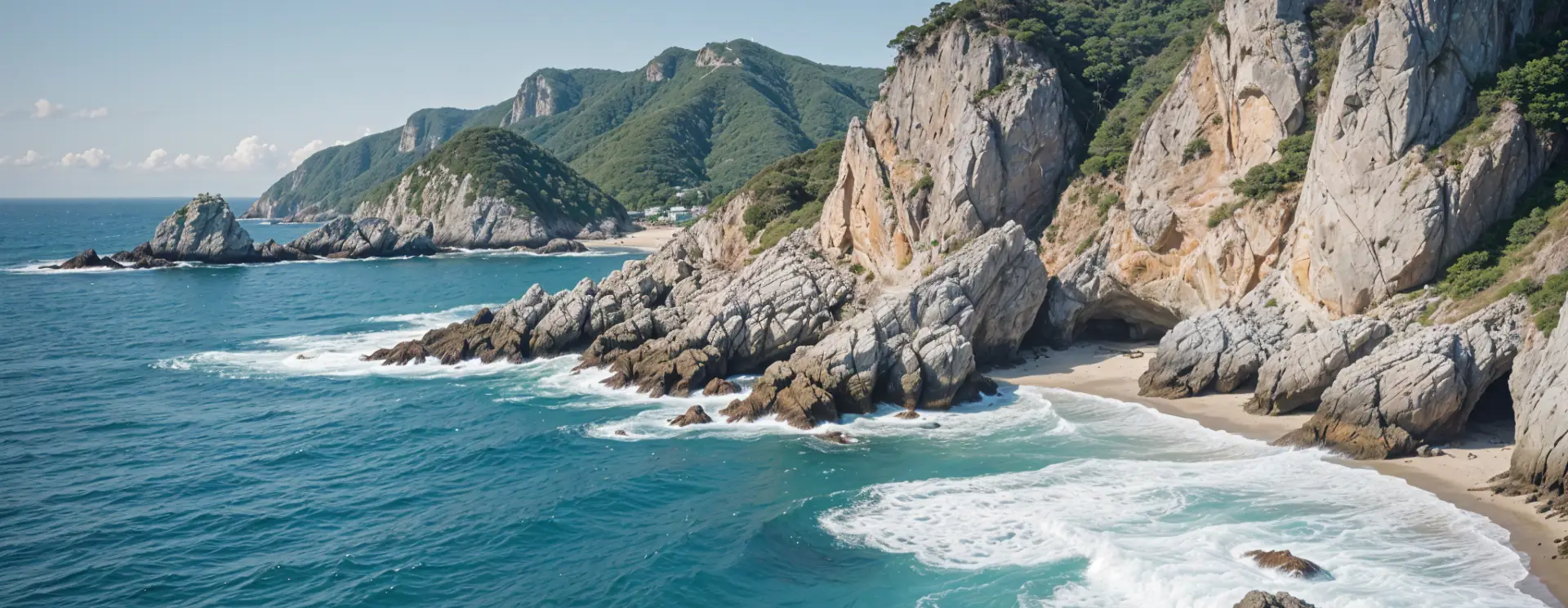Okinoshima Island, Japan: Munakata Taisha shrine
Okinoshima Island, a small and mysterious land off the coast of Munakata in Fukuoka, Japan, holds profound historical and spiritual significance. Known for its deep-rooted Shinto traditions, Okinoshima stands as a testament to Japan’s cultural heritage. With its strict prohibitions and ancient rituals, this island’s allure is as enigmatic as it is sacred and home to Okitsu-gu Yohaijo a Munakata Taisha shrine
Introduction to Okinoshima Island and the Munakata Taisha shrine

The sacred Island, revered as a Shinto kami, closely associates with the Munakata Taisha shrine. This small island covers an area of 97 hectares and reaches a maximum elevation of approximately 244 meters. Off-limits to women, Shinto priests closely guard it. These priests, in a unique rotation system, spend 10-day intervals on the island, praying and protecting it from unauthorized entry.
The Sacred Status of Okinoshima Island
The rigorous rituals and restrictions imposed on visitors underscore the island’s sacred status. Shinto beliefs regarding impurity associated with menstruation prohibit women from setting foot on Okinoshima Island. For centuries, only 200 men could visit the island annually, after undergoing ritual purification in the surrounding sea.
Munakata Taisha Okitsu Shrine
At the southwestern tip of Okinoshima Island lies the Okitsu-gū shrine, established in the mid-17th century. This shrine, part of the Munakata Taisha shrine, has maintained its sacredness and original structure through meticulous preservation. It stands as a focal point of worship and symbolizes the island’s spiritual legacy.
Historical and Mythological Significance
Okinoshima Island’s significance intertwines deeply with Japan’s oldest historical documents, the Kojiki and the Nihon Shoki. According to these texts, the sun goddess Amaterasu created three daughters from a sword and sent them to Japan, where the Munakata clan worshiped them. This mythological narrative underscores the island’s divine association and its role in local spiritual practices.
Rituals and Taboos of Okinoshima Island
Visitors to Okinoshima Island must adhere to strict rituals and taboos. They undergo mandatory purification, which involves undressing and bathing in the ocean. Once on the island, they cannot take anything away not even a blade of grass and must remain silent about their experiences. This profound silence, or “oiwazu-no-shima,” contributes to the island’s enigmatic reputation.
The Role of Shinto Priests

The Shinto priests who guard Okinoshima Island play a vital role in preserving its sanctity. About two dozen priests take turns staying on the island for 10-day intervals. Their presence ensures that they uphold the sacred traditions and protect the island from desecration.
Archaeological Discoveries
Okinoshima Island serves not only as a spiritual haven but also as a treasure trove of archaeological artifacts. Over 80,000 items, dating back to the 4th century, have been unearthed. These artifacts, now considered national treasures, include swords, mirrors, and bronze dragon heads, all of which were offerings to the island’s deity.
UNESCO World Heritage Status
In 2017, Okinoshima Island received inscription as a UNESCO World Heritage site. This recognition brought global attention to the island’s cultural and historical importance. However, the annual event that once allowed 200 men to visit has since been cancelled, reinforcing the island’s strict preservation policies.
